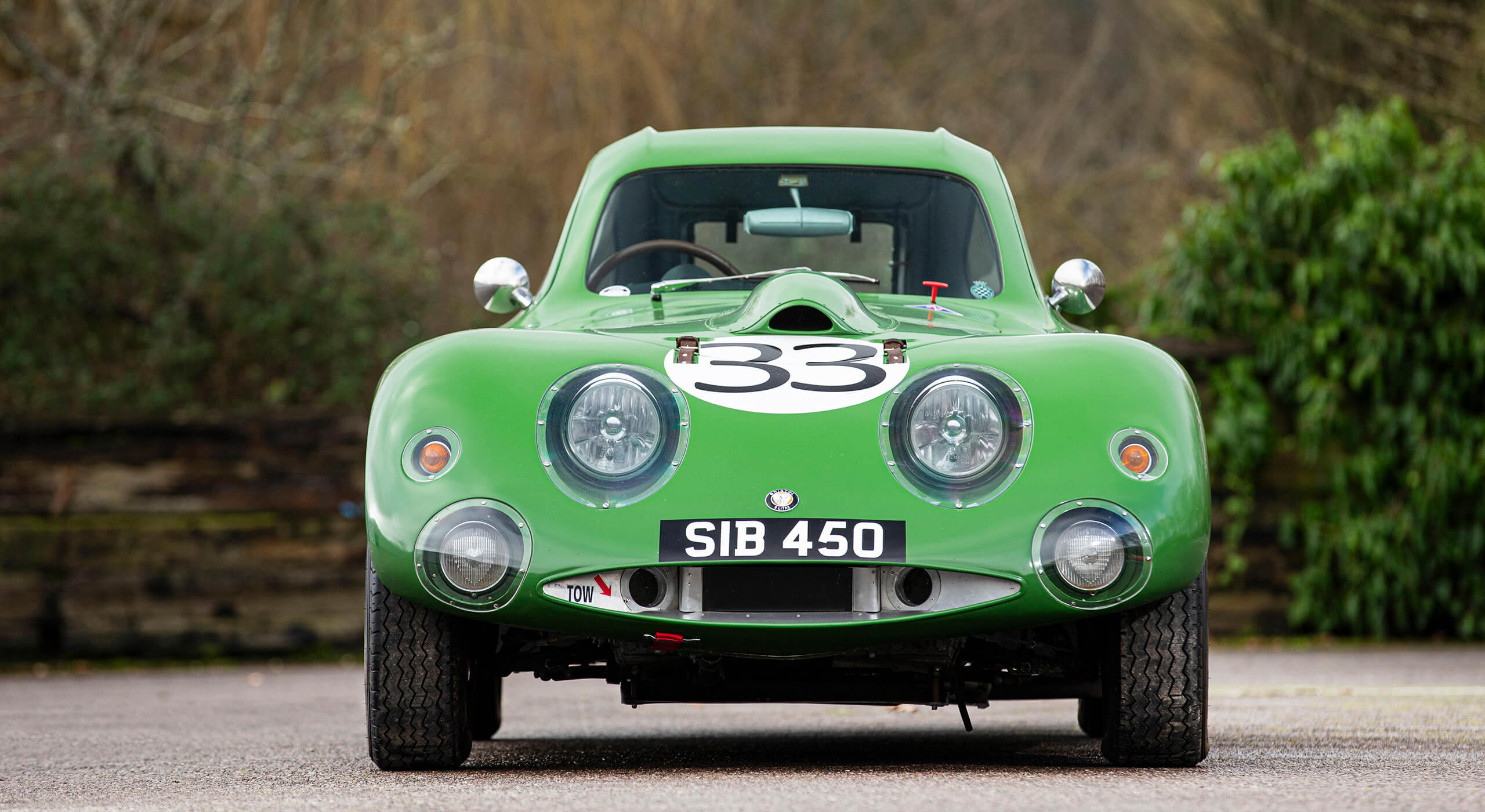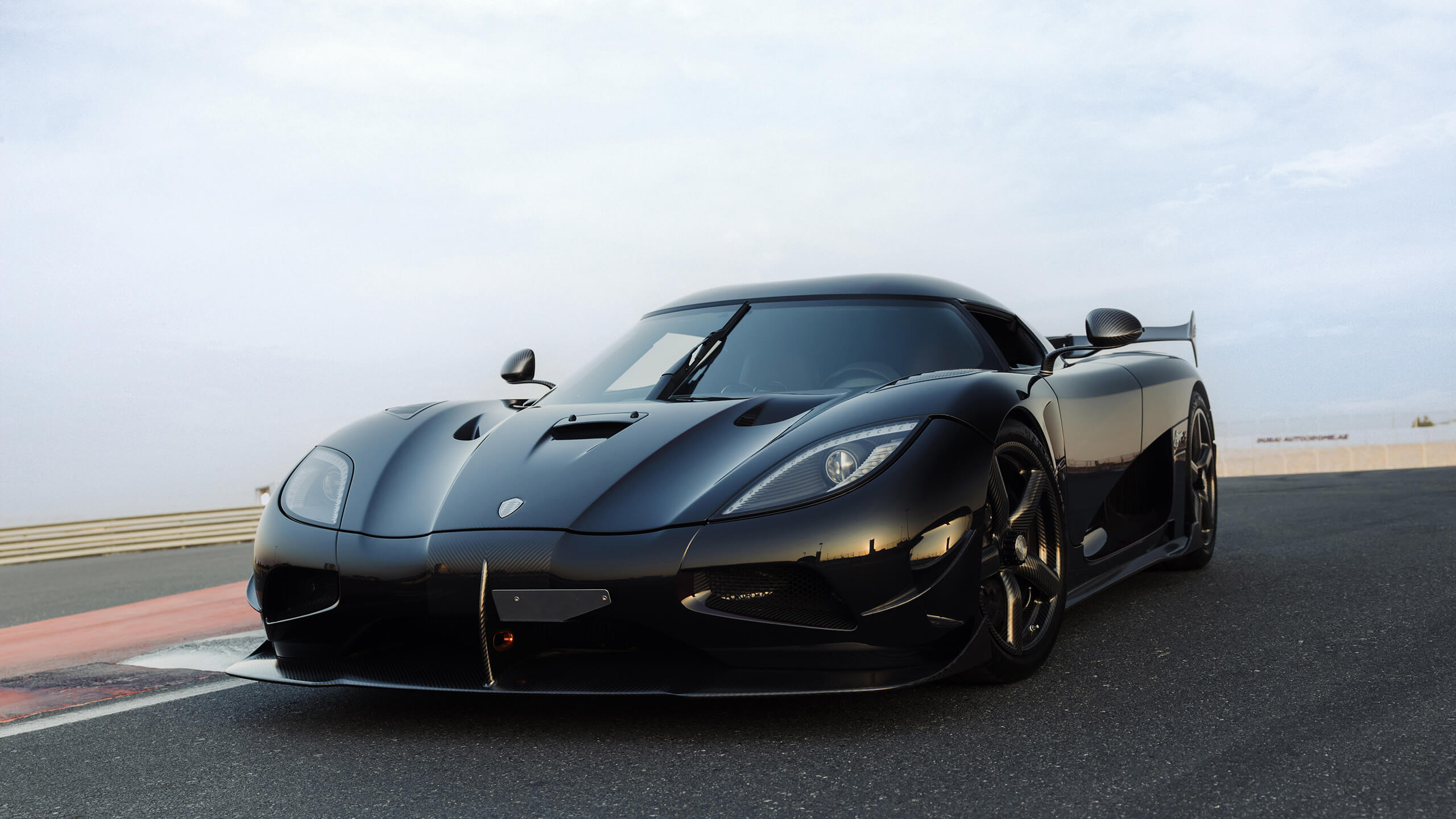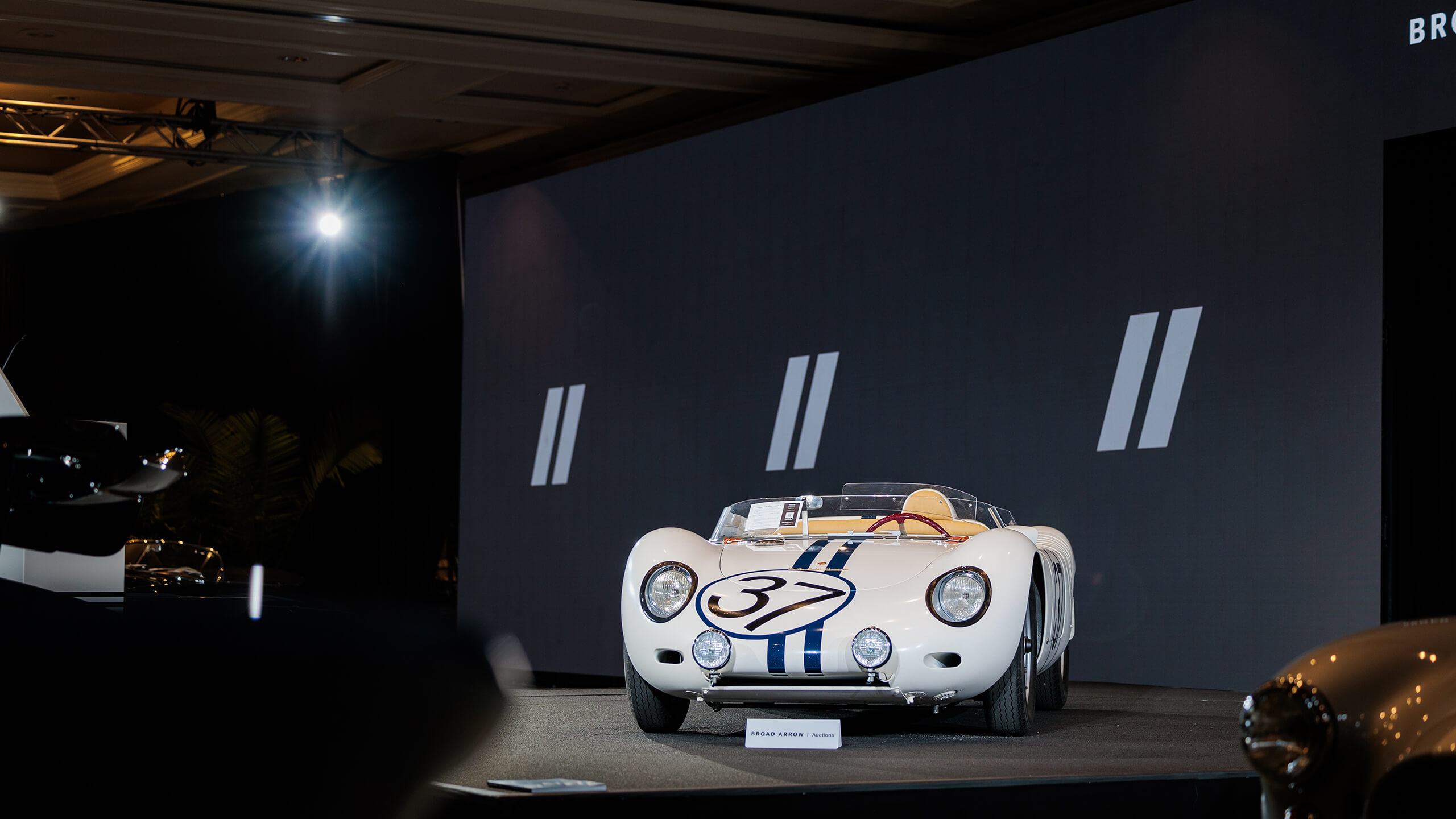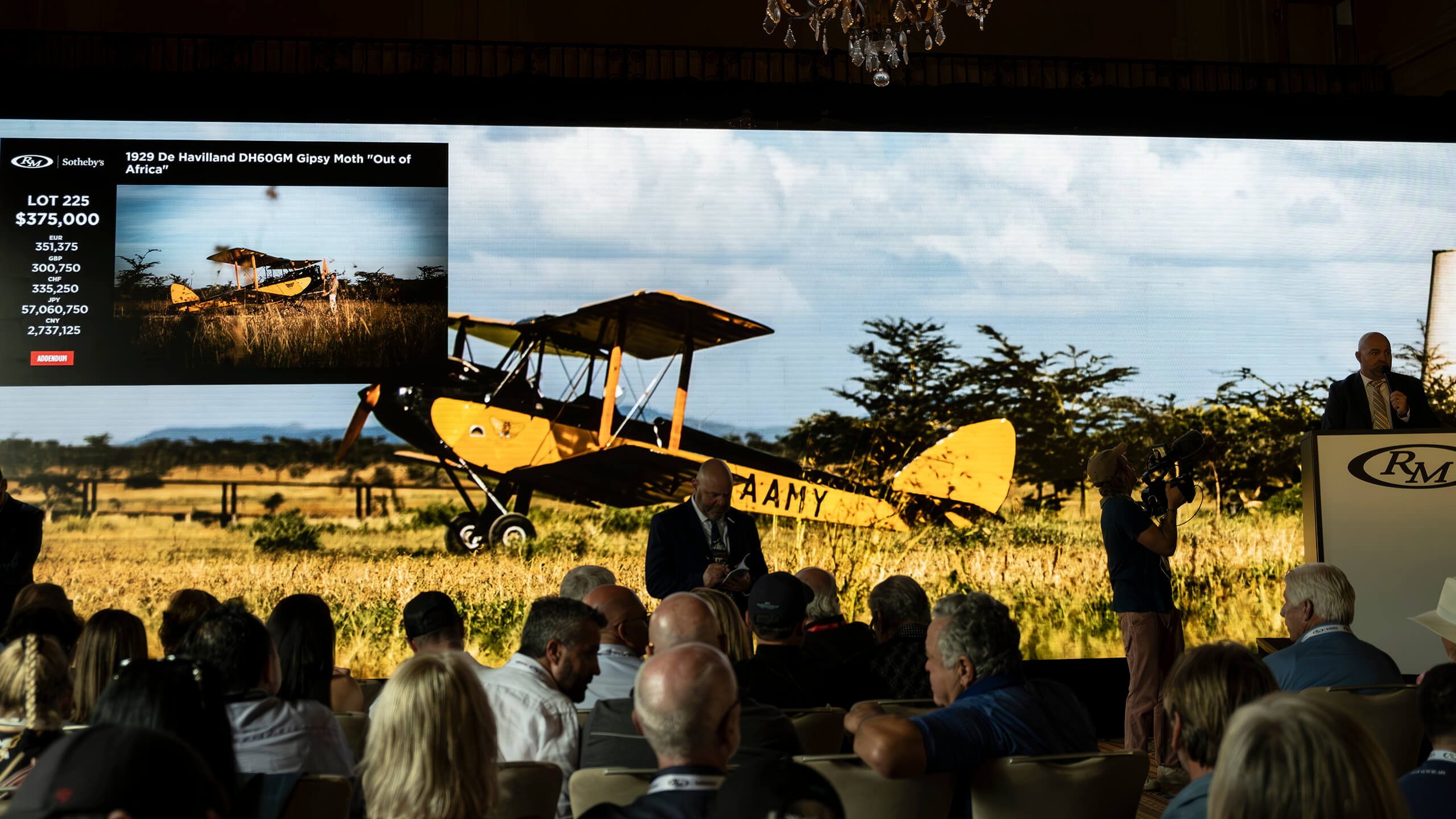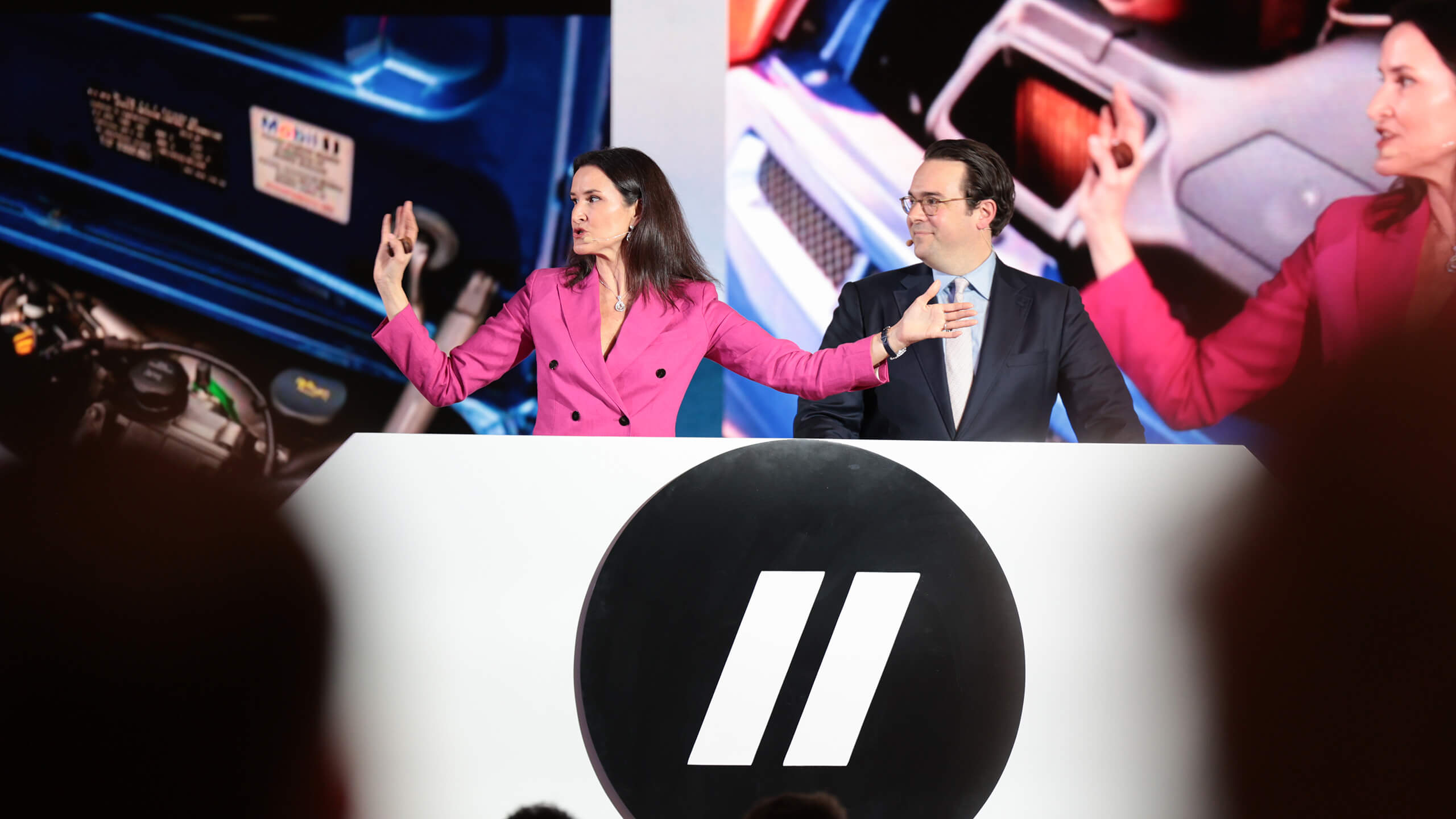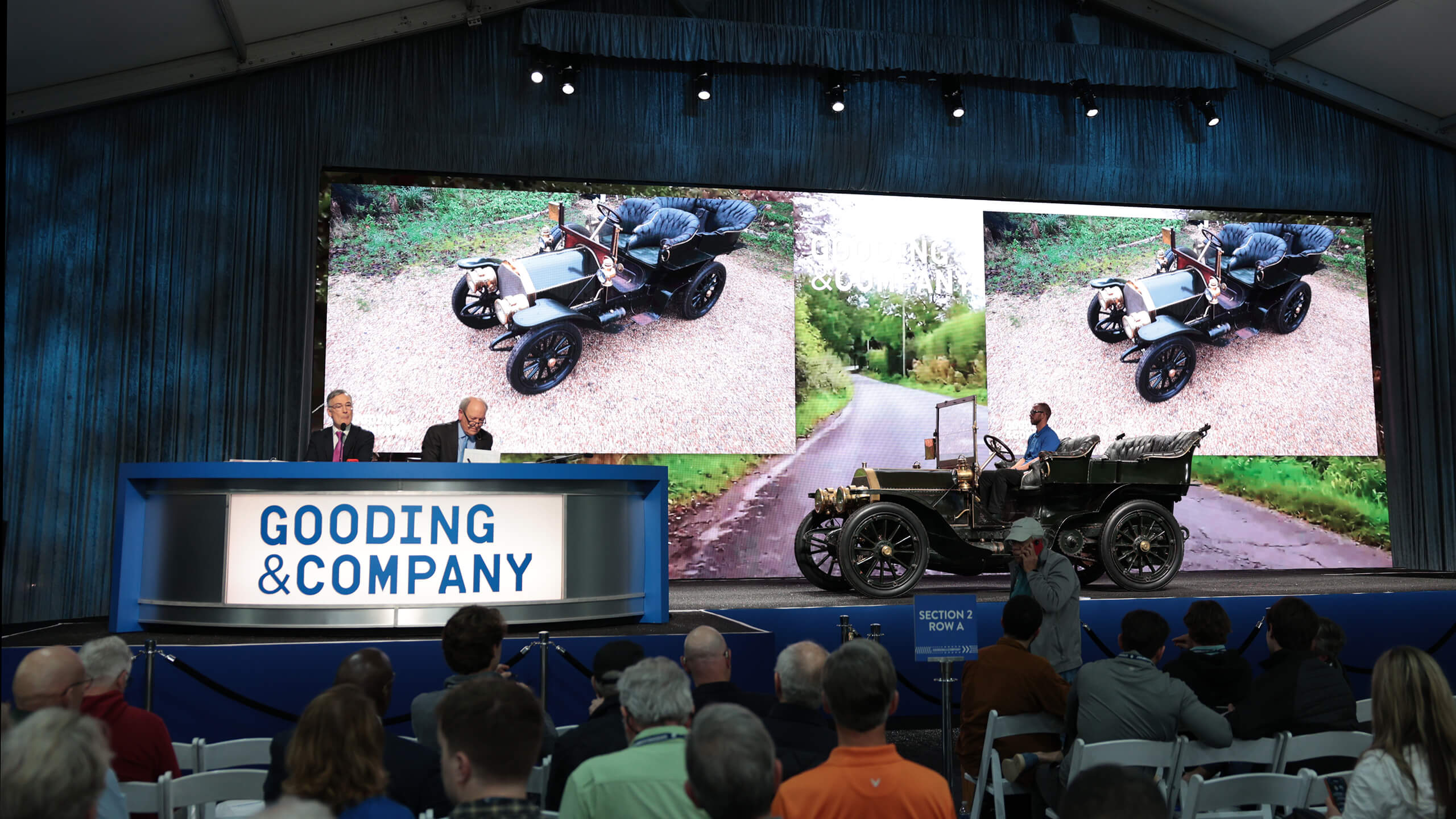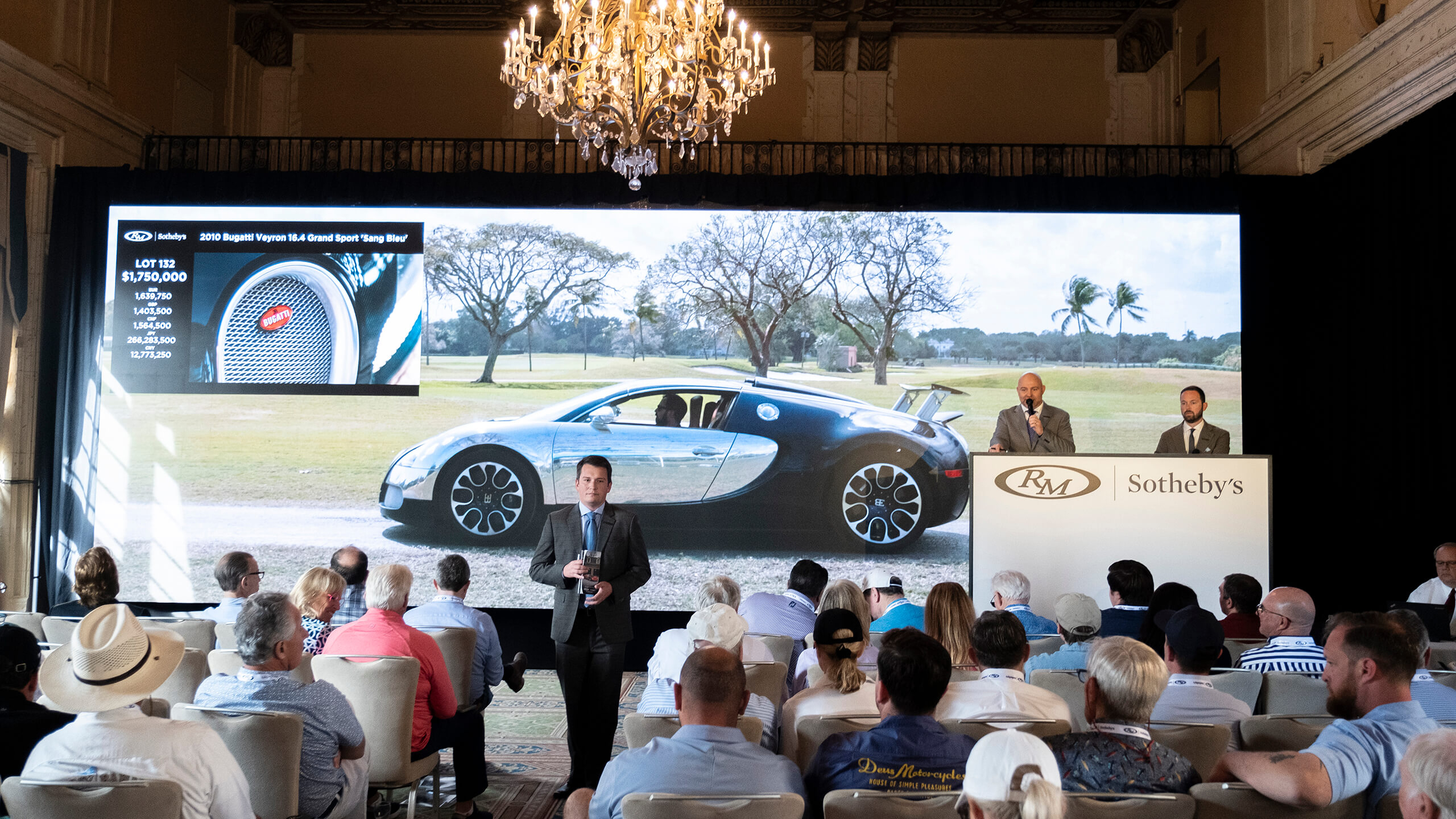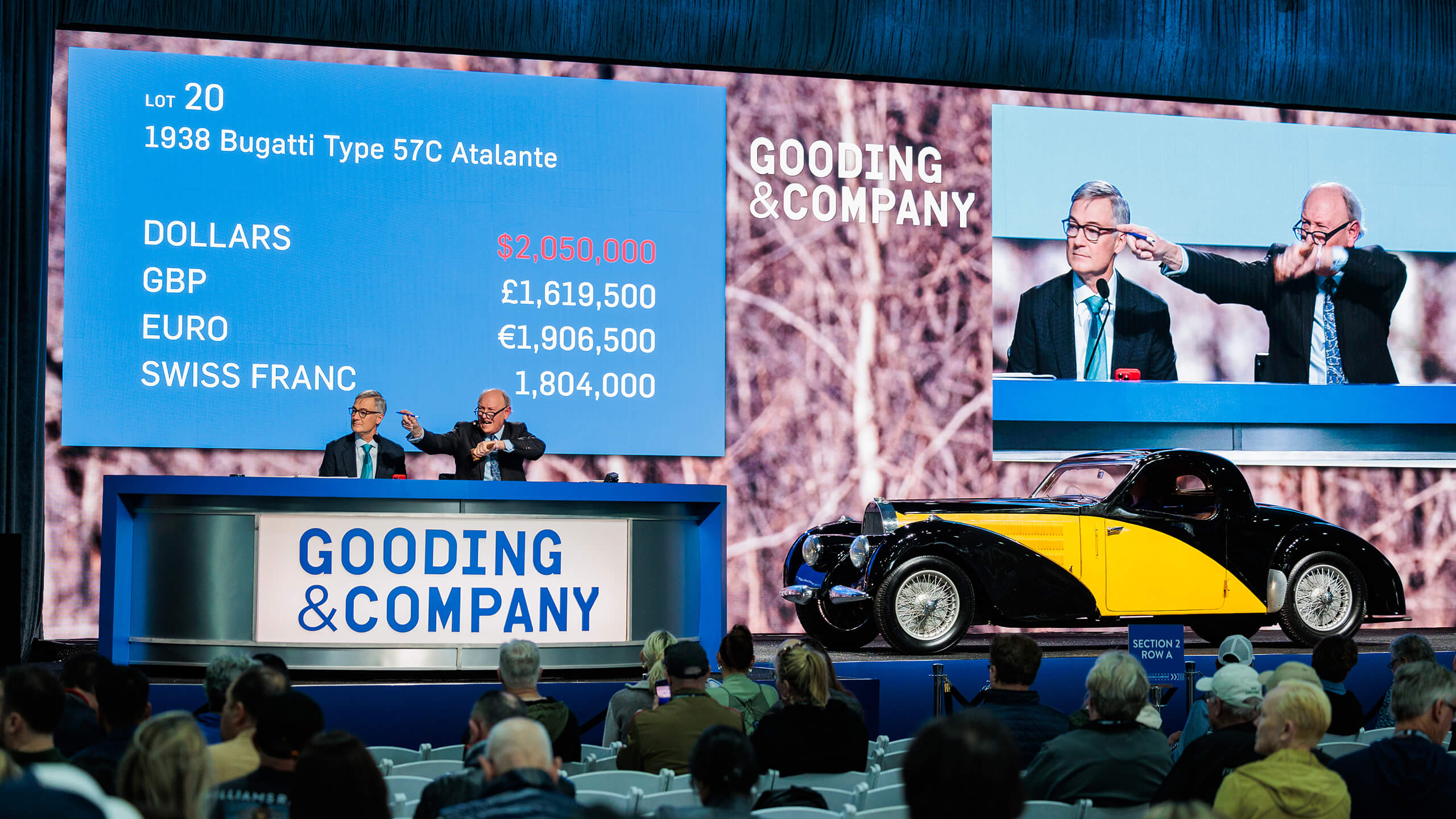New to the K500 Index: Lexus LFA
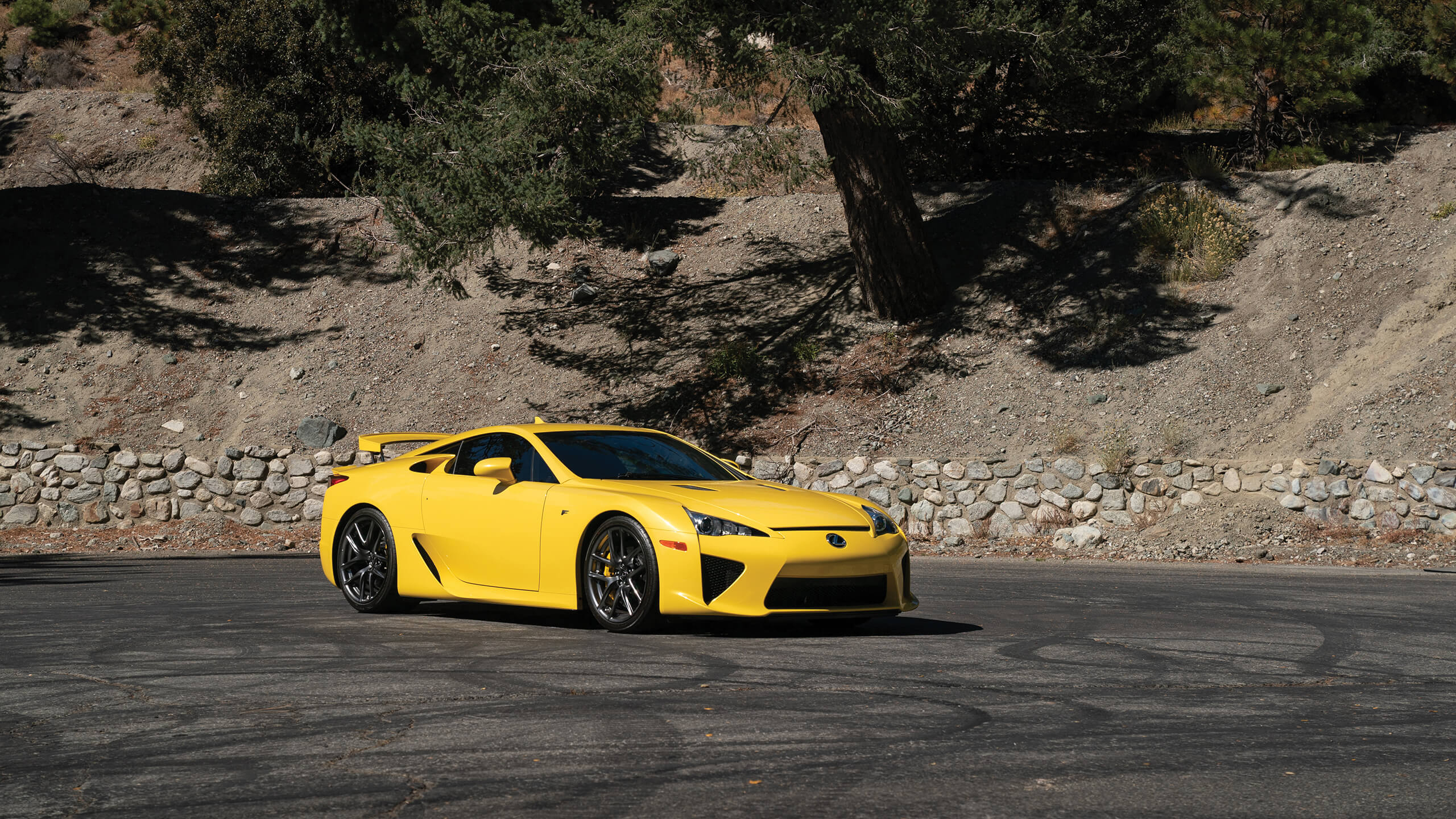
There are scores of cars that are considered well engineered, however there are few that could be truly considered obsessively engineered. It makes little sense to automakers and rarely results in a profit, but when a company is bold enough to take the risk, the results are legendary. While few saw it at the time, the 2011-12 Lexus LFA is one of those obsessively engineered greats.
Taking over a decade to bring the LFA to market, Lexus refused to compromise or be rushed. One of many delays to production being a redesign of the body from alloy to carbon fiber. With an eye for aerodynamics, the design was less focused towards aesthetics than to aerodynamic efficiency and downforce. There are no lines or openings to the car that do not serve a purpose. The frame is a carbon fiber monocoque with aluminum subframes with an eye toward providing extreme structural rigidity while remaining light as possible.
Most impressive, however is the engineering that was poured into the LFA’s V-10 engine. Much like Toyota’s previous halo car, the 2000GT, the engine was codeveloped with Yamaha. The result would be a 4.8-liter mill making 552bhp and revving out to 9,000rpm. To the engineering minded, the power output is perhaps the least impressive part. It is widely reported that the tachometer is an LCD screen because a traditional gauge was unable to rev from idle to redline in the 0.6 seconds the LFA’s engine is capable of. Truly Formula 1 engine performance for the road and a sound that evokes memories of F1’s V10 glory days.
Spanning just two years of production, only 500 units would be produced as planned. Starting out with a base price of £340,000 a hefty price tag for a car company that had no real experience in producing a modern super car. Each car would be custom ordered where European deliveries would be shipped to a single dealership in Park Lane, London. They were reported to be slow sellers with like-new cars sitting in dealer inventory for extended periods.
Diving into the variants, while most examples will be found in a standard configuration, a limited run of Nürburgring specification cars would be offered as a more hardcore track-oriented version. The body saw additional aero tacked on by the way of a large, fixed rear wing, front splitter and canards. More subtly, the mechanicals were lightly tweaked to produce an additional 10bhp and transmission worked over to produce quicker shifts. Of a planned 50 cars, Lexus ultimately produced 64 examples, making the Nürburgring edition the one to have if you’re a collector.
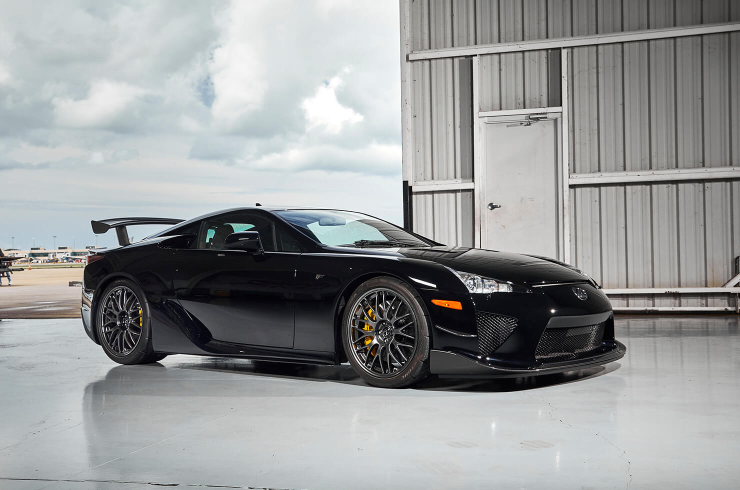
From new, the LFA never experienced a pronounced depreciation cycle, a good example could be had for around the cost new with appropriate discounts in price for cars that have been driven. Beginning in 2021, values began to climb rapidly, nearly doubling over the course of a year. A Nürburgring Package LFA (pictured, above; sold by RM Sotheby’s for $1.6m at Monterey in 2021) was close to a seven-figure automobile at that time; however, standard versions now trade for close to that rate. Nürburgring Package cars appreciated at a similar rate within that time span, to become one of a select few Japanese automobiles to cross the seven-figure threshold.
In today’s market, the LFA is quickly becoming a collector staple. In the same way that owning a Toyota 2000GT is the mark of a serious and curated collection of Japanese classics, an LFA now sits at that same status. What the LFA brings to the table over the 2000GT is a younger audience. While not as flashy as a Ferrari or Lamborghini (again function over form with the Lexus), they have become adored by younger crowd. There is not another road car that sounds quite like an LFA and just one of a few Japanese cars designed to go toe-to-toe with Europe’s best.
When approaching the market for an LFA, the important aspect to keep in mind is that, for the most part, these cars are built nearly identical. There is no manual transmission option to seek or a special performance package to add to your standard LFA. The odometer reading plays the most immediate factor in a car’s value with like-new, unused examples fetching the most money. The upgraded LFA is the Nürburgring Package and that is it. Color options are the key differentiator to collectors.
Nürburgrings were offered in just a handful of colors, Black, Matte Black, White, and Orange. The standard LFA received a much wider color palate with 10 different colors. Look for colors like Pearl Brown or Pearl Blue from the standard colors as the numbers of cars finished in these colors is believed to be exceptionally rare. For the 2012 model year, a premium color palate was released, offering up a more vibrant selection of 20 additional colors to buyers. This also means that less conventional colors like Passionate Pink, Black Amethyst or the striking Fresh Green are quite possibly one-off color orders or exist in incredibly low numbers at the very least. While publicly confirmed sales of rare color options are scant, a discerning collector would be wise to seek them out. Listings of cars with low production colors have come with asking prices as much as double market value.
Lexus’ masterpiece is the last of a breed. In a world trending toward alternative fuels and electric propulsion, there is less of a place in the marketplace for an obsessively engineered supercar with a howling V-10 engine. It is for this very reason that the LFA has firmly cemented itself in the car world as one of the greats for all time.
You can view the auction results and graphing of the Lexus LFA HERE on K500.
Photos by kind permission of RM Sotheby’s. The Pearl Yellow car (top) was sold for the equivalent of $428,000 in Abu Dhabi in 2019, the Black Nürburgring (middle) for $1.6m at Monterey in 2021


